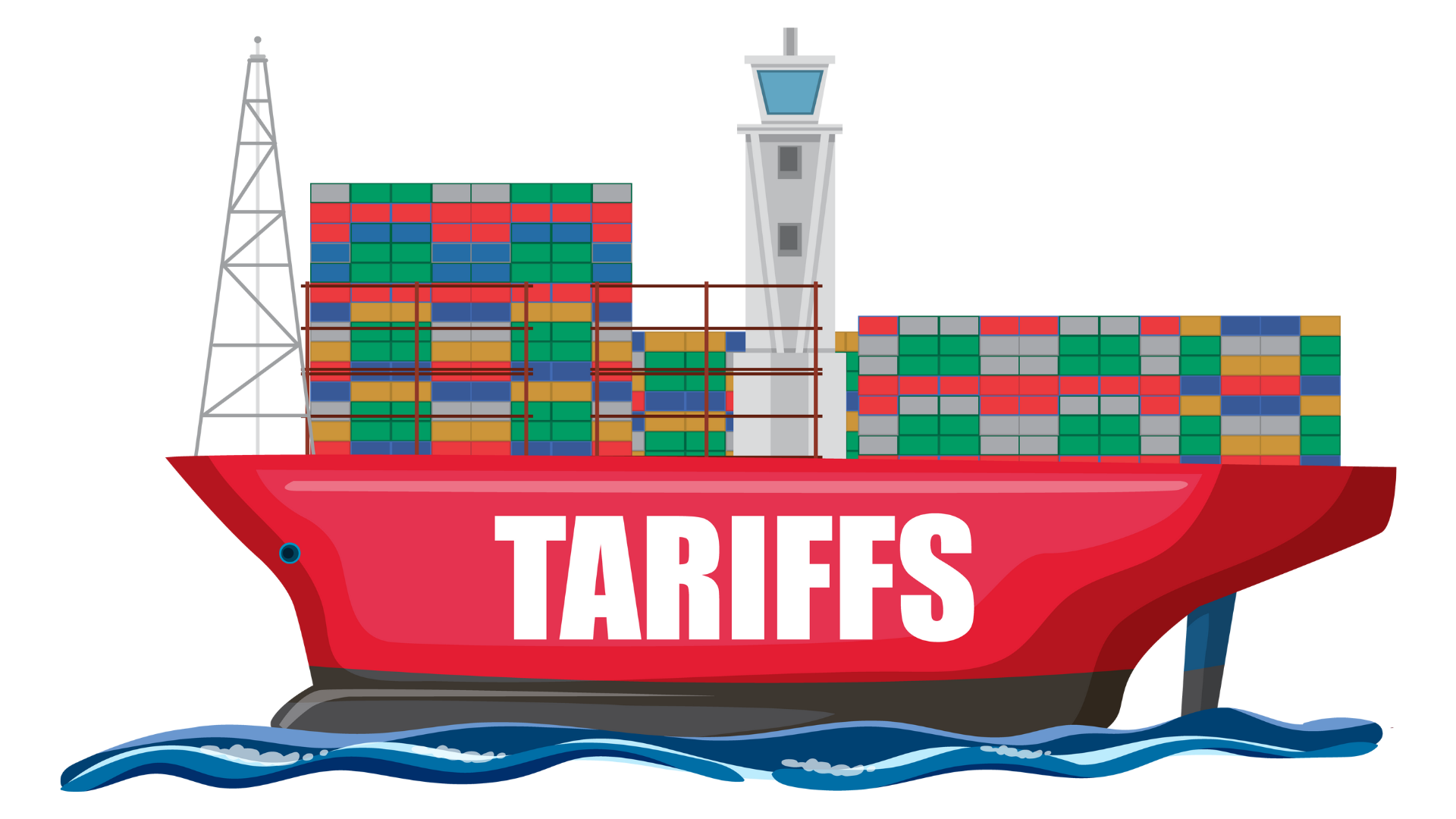What if we told you the challenges you’re seeing from U.S. tariff uncertainty aren’t new? In the world of order management and supply chain, they’ve been solved—in multiple ways.
Tariff volatility is top of mind for everyone. In this article, we’re cutting through the noise—no fluff, no politics, just actionable examples you can implement now.
In the past 90 days, there have been 10+ tariff-related announcements—from preliminary alerts and implementations to retaliations and pauses. One example being:
On April 2, 2025 there was a formal announcement from the US government of baseline 10% tariffs on imports from all countries, with higher rates (up to 50%) for select countries.
Why does that matter? Because your response needs to be just as fast, flexible, and reversible.
Here’s how flexible sourcing logic solved this for a Tier 1 Global Luxury Brand:
- Challenge: An Italian brand makes the same SKU in both Turkey and Italy. For a period of time, Country X blocked Turkish made goods.
- Solution: Within minutes the business was able to update their order promising and sourcing logic by:
- Adding an inventory attribute called ‘Country of Origin’ that indicated if an item was made in Turkey or made in Italy.
- Adding an order sourcing rule that said ‘do not source inventory made in Turkey for orders being shipped to Country X.’
What’s more, as fast as this was to implement, they could also remove it quickly when sanctions were lifted.
This use case is referred to as ‘Made In –.’ It is not new and it shows up in multiple forms.
Here’s another version of it from a Tier 1 Global Furniture Retailer:
- Challenge: A Canadian furniture retailer has multiple pieces of furniture that make up a ‘set’ (e.g., a table and chairs) which they sell as a single SKU. Each item can be manufactured in a different country. Country X has quality control regulations that require all pieces in a set to come from the same country and manufacturing facility.
- Solution: Within minutes the business was able to update their order promising and sourcing logic by:
- Adding a new inventory attribute called ‘Manufacturing Facility’.
- Adding an order sourcing rule that said ‘If shipping to Country X, ensure all items were manufactured in the same facility.
- This ensured that any ‘set’ going to Country X was always made up of pieces from the same manufacturer. And that they’d pass quality control and avoid penalties.
A lighter version of the ‘Made In –’ use case for a Tier 1 Global Jewelry Brand:
- Challenge: A French Luxury jewelry brand sourced inventory from both inside and outside the UK. For items manufactured outside the UK they had to comply with UK hallmarking regulations— all precious metal items above a certain weight must be tested and marked by a UK Assay Office to certify their metal purity. This was both expensive and a logistical nightmare they wanted to avoid.
- Solution: The business was able to update their order promising and sourcing logic by adding a rule that said ‘If shipping to the U.K., only source orders from the U.K. manufacturer.
All of the use cases above imply you can deal with tariffs by updating sourcing logic. But in some cases you don’t have the location network in place that will allow you to do this. You have to be more creative.
So, when tariffs inevitably erode margins, you have to find a way to turn low margins into an opportunity.
Here is an example of a Tier 1 Department Store that did just that:
- Challenge: A high volume tier 1 department store wanted to increase margins on lower value online orders without having to introduce a minimum order threshold, because that could impact conversions.
- Solution: They shifted their strategy.
-
- First, they optimized their online shopping journey to promote in-store pick up to increase store traffic.
-
- Then, they optimized their pick up experience in store to upsell every customer that came in
- And, they implemented a tracking mechanism to measure success (which was huge)
The power of your stores continues. COVID made you do it once, but have you thought about how something as simple as ‘Ship from Store’ can help you through tariffs?
Here is an example of what many Fluent Order Management customers of various shapes and sizes have done:
- Challenge: Cross-border fulfillment costs too much. In addition, having a DC in every region comes at a high price.
- Solution: Fulfill from store. Utilize your store space or even expand it. This allows you to do single large drops of inventory directly from the manufacturer to your store and ship within region (acting as a mini fulfillment center). Some customers have even used ship from store as a way to test a new region at a lower cost than opening up full operations there.
Turn disruption into opportunity
At the 2025 Gartner Supply Chain Symposium/Xpo™ this year, Thomas O’Connor, Managing VP and Chief of Research at Gartner said, “Geographic expansion is a top growth priority for CEOs, driven by the need to diversify risks in a volatile and uncertain environment.” And this couldn’t be more relevant.
For global brands, adapting strategies to meet country-specific needs is nothing new. While tariffs are adding a fresh layer of complexity, we hope this article has shown two key takeaways:
-
Confidence in the right solution can help you navigate uncertainty
-
Brainstorm new, creative ways to increase revenue
Only a modern Order Management System with proven success with global brands can achieve this. How do you know that’s Fluent Order Management? Fluent OMS received the highest possible scores on an analyst report for ‘international orders and globalization’ (back to back). Not to mention it is the only OMS available in 55+ languages. What’s more? Extend in 15 minutes. No one use case is the same, and no brand or region operates identical to the next. Fluent Order Management can adapt to any use case.
To learn how Fluent Order Management can help you adapt quickly and unlock new revenue, contact us today.



